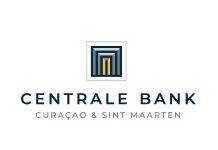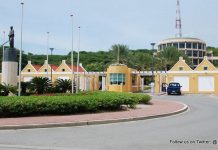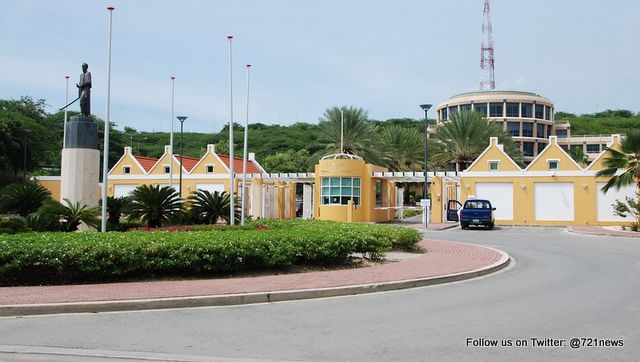Willemstad / Philipsburg – According to the June 2025 Economic Bulletin of the Centrale Bank van Curaçao and Sint Maarten (CBCS), economic growth across the monetary union is expected to continue in 2025, despite a worsening external environment marked by heightened trade and geopolitical tensions. Real GDP in Curaçao is projected to grow by 3.1%, while Sint Maarten’s economy is expected to expand by 2.4%. However, the outlook remains subject to significant global and domestic risks, which are tilted to the downside. Moreover, the likelihood of the global risks materializing has increased due to the deteriorating international environment and rising uncertainty.
The pace of expansion in both Curaçao and Sint Maarten in 2025 will be more moderate than in 2024, when Curaçao recorded a real GDP expansion of 5.0% and Sint Maarten grew by 3.0%. Nonetheless, tourism will remain the main driver of growth, spurring activity in related sectors such as accommodation & food services, transport, storage & communication and real estate, renting & business activities. Additionally, the construction sector is expected to continue expanding, supported by both public and private investment.
On the expenditure side, Curaçao’s real GDP growth in 2025 will be driven by domestic demand, with both private and public spending contributing positively, moderated by a slight decline in net foreign demand. The increase in private demand is primarily the result of ongoing investment projects in the utilities, real estate and tourism sectors. Private consumption is expected to grow marginally, constrained by the still- elevated inflation. Public demand will rise due to higher
government investment and consumption. Meanwhile, net foreign demand is expected to decline, as the increase in imports will surpass the higher exports.
In Sint Maarten, real GDP growth will also be led by private demand, supported primarily by new large-scale investments – particularly in the utilities sector and continued airport development. Public demand will contribute positively through increased government investment, including the construction of a new prison and a mental health facility, along with higher spending on wages and salaries. Net foreign demand will make a modest positive contribution, as export growth is expected to exceed the increase in imports.
Maintaining growth momentum in the medium term
Looking ahead, real GDP growth will moderate across the monetary union over the medium term. In 2026, Curaçao’s economic growth is projected to ease to 2.4%, while Sint Maarten’s is expected to slow to 2.2% in the same year. Private demand, and to a lesser extent net foreign demand, will be the main drivers of growth.
By 2029, growth in both countries is expected to continue softening, as their economies transition to a more sustainable pace. Real GDP growth is projected to converge to 2.0% in Curaçao and 1.9% in Sint Maarten, primarily driven by private demand.
Outlook influenced by intensifying global uncertainties
Risks to the outlook remain tilted to the downside, although the likelihood of global risks materializing has increased due to recent developments. Global risks include the escalation of (retaliatory) trade measures and prolonged trade policy uncertainty driven by high U.S. tariffs and new port fees targeting Chinese-linked vessels. These developments pose significant risk to import-dependent economies like Curaçao and Sint Maarten, where inflation closely follows U.S. price trends.
Another global risk is the slower-than-expected monetary policy easing or even the potential reversal in monetary policy by the Fed which may trigger increased capital outflows and reduce foreign direct investment in Curaçao and Sint Maarten, impacting key sectors like tourism and real estate. In addition, intensified geopolitical tensions in Eastern Europe and the Middle East could disrupt global supply chains and raise energy and other commodity prices while renewed or expanded U.S. sanctions on Venezuela could further hinder the country’s economic growth, potentially triggering social unrest and another wave of migration.
On the domestic side, extreme weather events due to climate change can damage crucial infrastructure in Curaçao and Sint Maarten, while increased concerns on the medium-term financial sustainability of the healthcare and social insurance systems on both Curaçao and Sint Maarten also pose a significant downside risk to the outlook of the monetary union. Delays or uncertainty surrounding the refinancing of maturing government bonds in Curaçao and Sint Maarten could increase fiscal vulnerabilities and weaken investor confidence, putting pressure on overall economic stability. Tighter financial conditions could raise borrowing costs, limit fiscal buffers, and strain public finances if favorable terms with the Dutch State are not secured.
The June 2025 Economic Bulletin is available on the CBCS website at :
https://www.centralbank.cw/publications/economic-bulletins/2025































